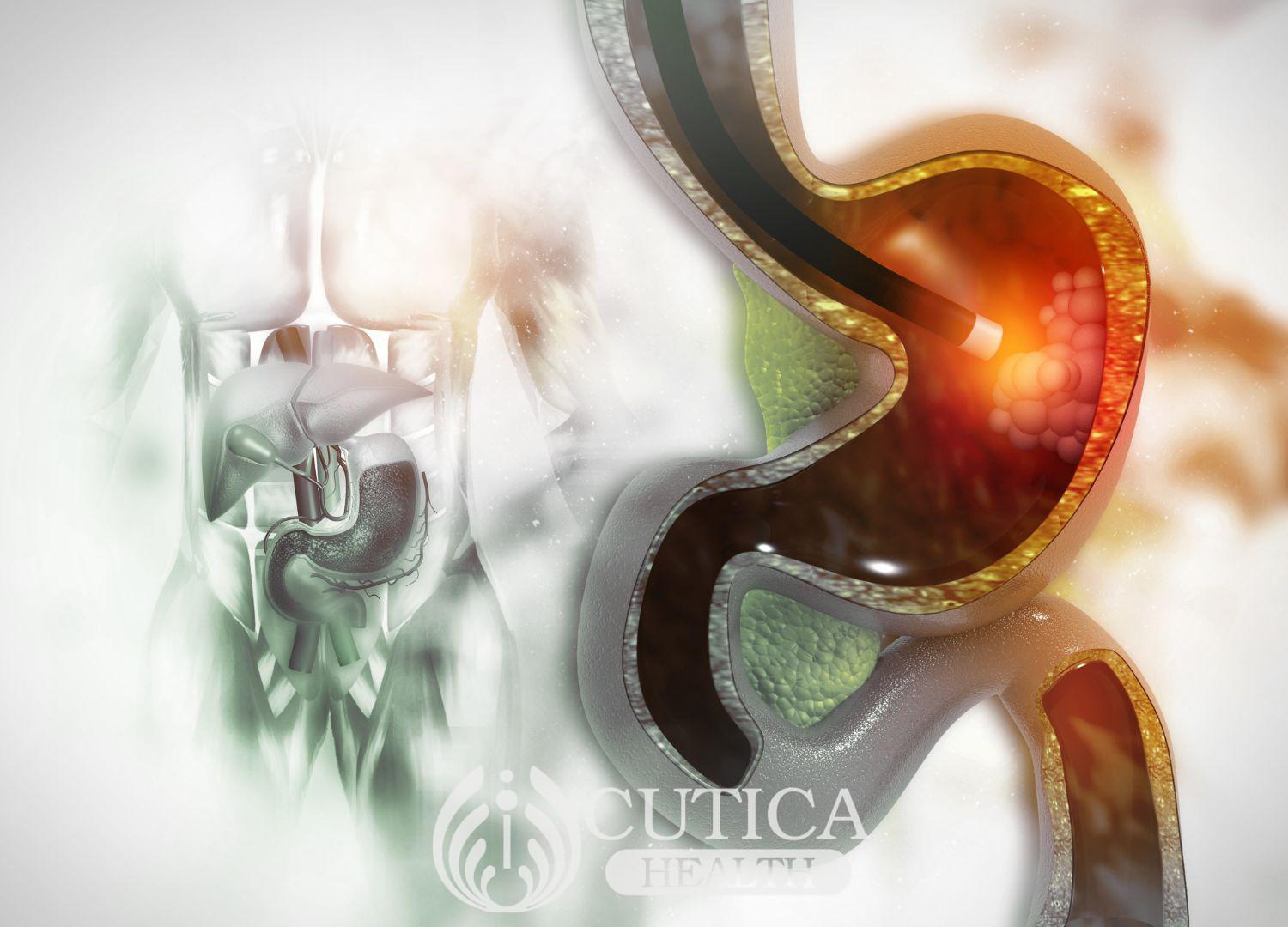
Charles had been complaining of severe pain in the upper part of his stomach for a few days now. He is known to have ulcer and the pain has been constant, even after using his ulcer drugs. Then, bam! We all went for George’s party Saturday evening, Charles had lots to drink, and began to vomit a black substance. It was the scariest thing I had ever seen
What causes Upper GI Bleeding?
Bleeding into the stomach or the upper part of the small intestine is called upper gastrointestinal or GI bleeding.
Common causes of bleeding into the upper part of the gut include:
- Peptic ulcer
- Esophagitis or inflammation of the internal wall of the food pipe called esophagus
- Inflammation of the stomach lining
- Tears in the food pipe from prolonged vomiting
- Enlarged veins in the food pipe
- Cancer of any part of the upper GI tract, including stomach cancer
- Liver disease, causing enlarged veins in the food pipe
Symptoms of Upper GI Bleeding
Bleeding into your upper GI tract may not be as obvious as frank blood, it presents in some other way; common symptoms include:
- Black, tarry stools, which represents digested blood as it moves from the upper part of the digestive tract to the anus
- Vomiting bright red or coffee ground (blackish) blood
- Severe stomach cramps
- In severe cases, you may feel faint, dizzy, or tired
- Weakness
- Fast heart rate

One may also have other symptoms specific to the cause of the bleeding. These include:
- Feeling full or bloated in peptic ulcer disease
- Difficulty and pain when swallowing, as seen in inflammation of the food pipe
- Abdominal pain that comes with eating and feeling full easily seen in inflammation of the stomach lining
- Unexplained weight loss in cancer
How is Upper GI bleeding treated?
When you present to your doctor to any of the above symptoms, your doctor will order a few tests to confirm that you are actually bleeding in your gut. This is essential to rule out other harmless causes of red, brown, or black discoloration of stools or vomit, such as heavy consumption of prunes, beet roots, and use of iron tablets.
These investigations include:
- Stool tests to check for bleeding that may not be clear to the unaided eyes, and the presence of bacteria that causes peptic ulcer
- Blood tests to check your hemoglobin levels
- Upper endoscopy, which involves using a small tube with a camera in its end to visualize your gut.
- Imaging tests including a CT scan to evaluate your abdomen for any potential causes of bleeding
Once bleeding in the upper GI tract is confirmed, the following treatment methods may apply:
- During the endoscopy procedure, your doctor may inject a medication directly to the bleeding site to stop the bleeding or clip the bleeding blood vessel to shut it.
- In cases where the bleeding spot is too large to be treated during endoscopy, you may require surgery to repair the bleeding sites.
- Medicines to reduce acid production in the stomach, as acid may worsen ulceration and bleeding
- Blood transfusion if your blood level has dropped as a result of massive blood loss
- Treating the primary cause, including cancer therapy and treating any liver disease.

How do I prevent upper GI Bleeding?
It’s always easier to prevent upper GI bleeding and simple steps include:
- If you have acid reflux or stomach ulcers, avoid factors that exacerbate it, such as non-steroidal anti-inflammatory drugs such as Advil or Motrin, alcohol, and smoking.
- Visit your doctor if you notice any changes in the color of your stools, especially if you have not consumed any food, drink, or iron pills that could change the color of your stools











